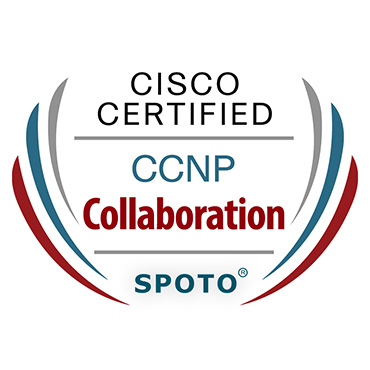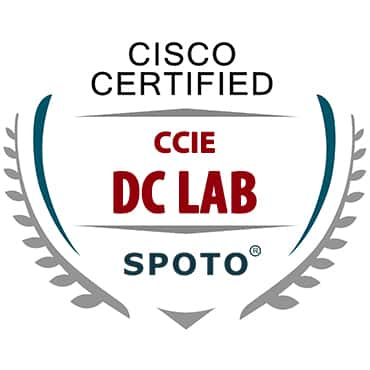SPAN (Switched Port Analyzer) would be utilized for monitoring specific source ports or specific VLANs traffic, mirroring this traffic, and then sending the traffic to a destination port on Cisco routers and Cisco switches. SPAN would be utilized generally for troubleshooting as well as monitoring activities on the Cisco devices. After gaining the copies of the ports or VLANs traffic, at the destination, an analyzer would be analyzing this traffic. If you would be willing to gain a detailed overview of the Cisco SPAN, you should check out the courses which are being offered at the SPOTO Club.
There would be three types of Cisco SPANs on Cisco devices.
Local SPAN (SPAN)
Remote SPAN (RSPAN)
Encapsulated Remote SPAN (ERSPAN)
What is Local SPAN (SPAN)?
If Cisco SPAN would be configured on a single Cisco switch, this local mirroring would be known as Local SPAN. In other words, if your sessions, as well as the destination ports, are in the same switch, this Cisco SPAN is considered to be Local SPAN. Everything in Local SPAN would be occurring at the same switch. Consider the below switch shape. Here, Cisco SPAN Ports would be Port 2 and port 18. Port 2 is considered to be the Cisco SPAN Port as the source and Port 18 would be the Cisco SPAN Port as the destination.
Local SPAN can have numerous ports or multiple VLANs as SPAN sources. But at the same time, you couldn’t utilize both of them for a SPAN session. Now, let’s gain knowledge about the Remote SPAN.
What is the meaning of Remote SPAN (RSPAN)?
Remote SPAN (RSPAN) is considered to be the Cisco SPAN type that would be utilized between different switches. Here, source ports or VLANs could be residing on a Cisco switch as well as the destination ports could be on another Cisco switch. Port or VLAN Mirroring would be done among the switches.
On the Cisco Remote SPAN, the traffic would be carried over Layer 2 (Data Link Layer). For carrying the traffic of Cisco RSPAN Session, a specific RSPAN VLAN is utilized between switches as well as all the switches should be connected via trunk interfaces.

In the above LAN topology, on different switches, you could observe Cisco SPAN Ports. Port 3 on Switch C is the Cisco SPAN port as SPAN source as well as Port 4 on Switch A is considered to be the Cisco SPAN Port as SPAN destination.
Cisco Remote SPAN (RSPAN) could be having multiple ports or multiple VLANs as a SPAN source. But at the same time, you couldn’t utilize both of them for a Cisco SPAN session. This would be quite similar to Local SPAN. In the other lessons, we would be configuring Remote SPAN on Cisco Devices.
What would be the Encapsulated Remote SPAN (ERSPAN)?
Encapsulated Remote SPAN (ERSPAN) is considered to be the Cisco SPAN type utilized between the switches over Layer 3, over GRE encapsulation. Here, source as well as destination ports, VLANs are in the different switches such as RSPAN. The main difference between these Cisco SPAN types is considered to be the connection between the switches.
We have discussed the few details regarding the Cisco SPAN. If you require more in-depth knowledge regarding the same, you should check out the training courses which are being offered at the SPOTO Club, if you wish to achieve success in the very first attempt. SPOTO Club is the leading provider of IT exam dumps, which ensure success, through the expertise exam dumps. SPOTO Club would also be providing the simulated exam environment as well as 7/24 Technical Support. There would be so many companies in Certification Industry but SPOTO Club is considered to be unique in it.













Comments